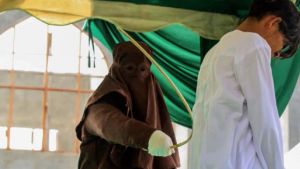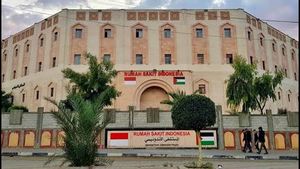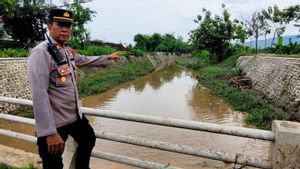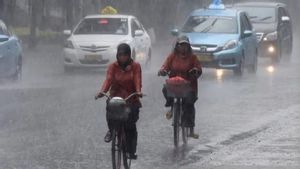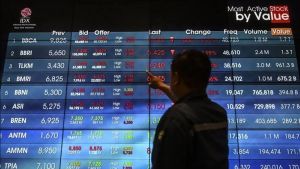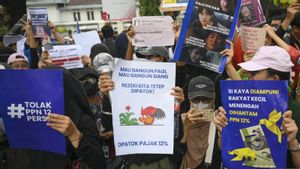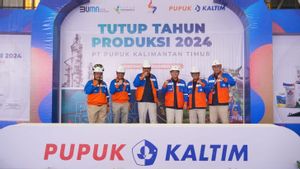JAKARTA - More men have received the COVID-19 vaccine than women in India. This is based on government data on Tuesday, June 8 which highlighted the gender gap in the country's immunization efforts.
India has partially or fully vaccinated about 101 million men, nearly 17 percent more than women. Men in the country account for 54 percent of the total number of people who have been inoculated, according to the data.
Many areas administered by the federal government, the capital Delhi and major states like Uttar Pradesh have suffered some of the worst injustices. Only Kerala in the south and Chhattisgarh in central India have vaccinated more women than men.
"We noticed that men, especially in cities and villages, prefer to get vaccinated before women because they have to travel for work, while women handle household chores," said Prashant Pandya, medical superintendent at a major government hospital in the state. western Gujarat reported by Reuters from Antara.
Health officials said rumors of the vaccine disrupting women's menstrual cycles and reducing fertility also contributed to the asymmetric data. The government has dismissed such concerns.
"The government should increase awareness programs in rural India to ensure women understand the importance of vaccines and prioritize themselves in this race to secure two (vaccine) injections," said Sudha Narayanan, a former bureaucrat with the health ministry in New Delhi.
Women must step forward to get a vaccine or the gap will widen rapidly, Narayanan said.
India, with a population of 1.3 billion, has about 6 percent more males than females.
Some women in rural parts of Gujarat and the neighboring state of Rajasthan have urged authorities to send them the vaccine, saying they cannot travel to the hospital and leave their children behind.
"I don't know how to read and write, how am I going to register for the vaccine," said Laxmiben Suthar, a mother of four in the Gujarat city of Vadnagar.
"The government has to send us medicine."
India's vaccination policy has progressed rapidly but the federal government has so far resisted calls for door-to-door immunization, given that vaccines are only allowed for emergency use and recipients need to be monitored for a short time for any adverse reactions.
India's urban residents are also getting a COVID-19 shot much faster than hundreds of millions of people living in rural areas, according to government data. That's partly because of policies that help wealthy cities buy more doses of vaccine than rural districts.
Prime Minister Narendra Modi on Monday, June 7 reversed the policy and said the vaccine would be offered free of charge to all adults from June 21. The government will also facilitate more direct inoculations after complaints about the online registration process.
India has so far administered 233.7 million doses of the vaccine, the most in the world after China and the United States, but given the two doses needed for only about 5 percent of the estimated 950 million adults.
India has the second-largest number of coronavirus infections in the world after the US, with a total of nearly 29 million cases, according to health ministry data. The country has suffered 351,309 deaths.
The English, Chinese, Japanese, Arabic, and French versions are automatically generated by the AI. So there may still be inaccuracies in translating, please always see Indonesian as our main language. (system supported by DigitalSiber.id)





